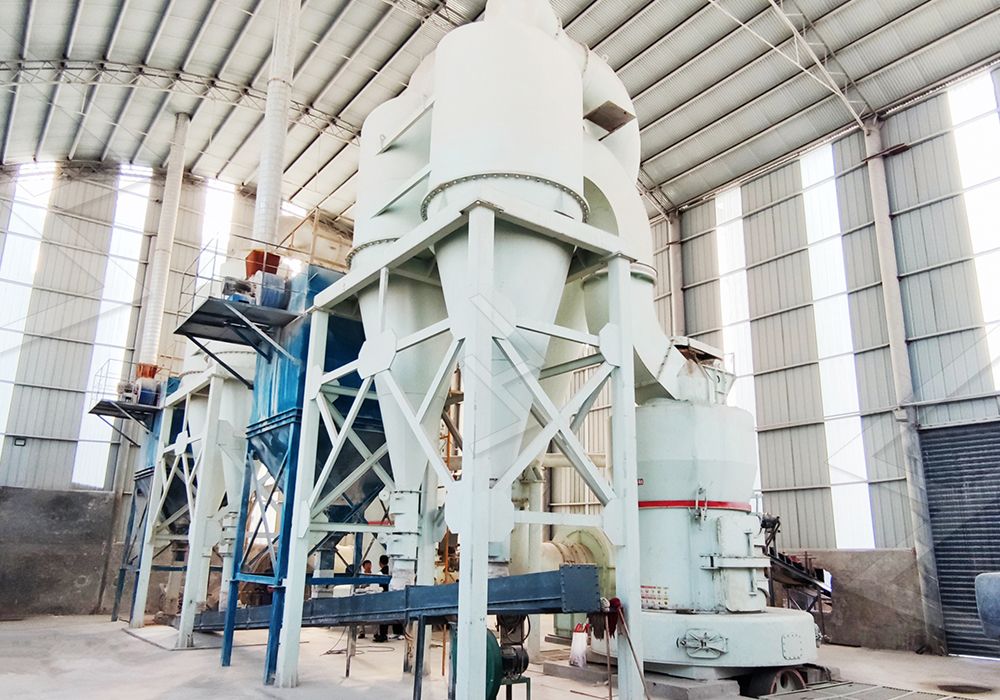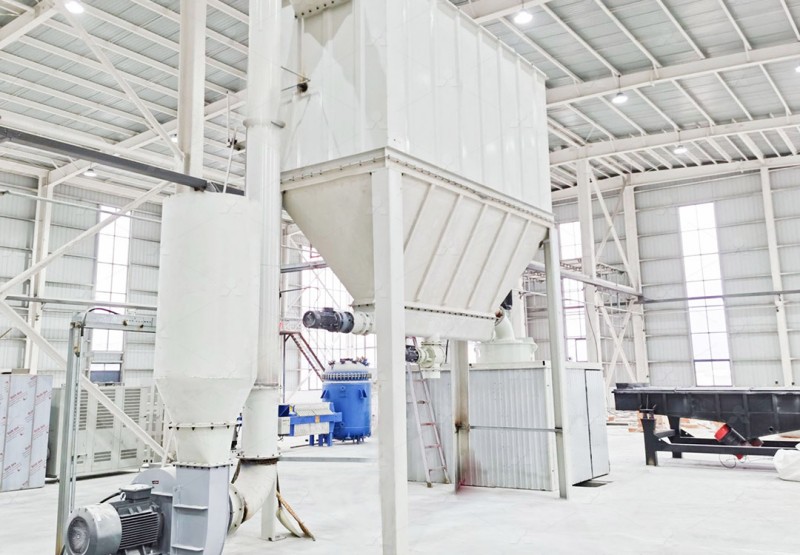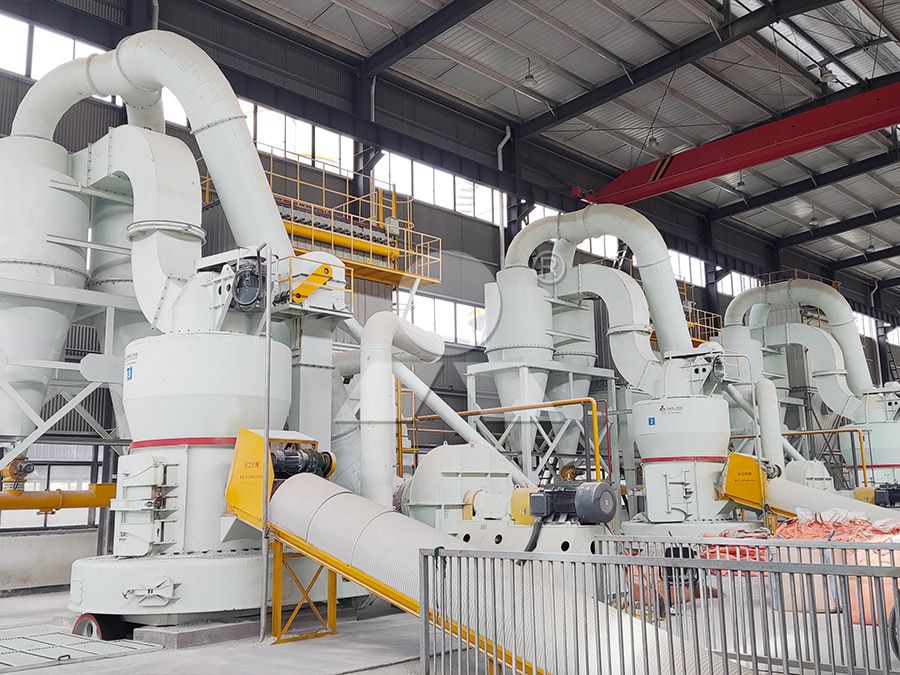Gypsum Grinding Solutions for Efficient Powder Production in Milling Plants
Gypsum Grinding Solutions for Efficient Powder Production in Milling Plants
In today’s competitive industrial landscape, efficient gypsum processing has become paramount for manufacturers seeking to optimize their powder production capabilities. The transformation of raw gypsum into high-quality powder requires sophisticated milling technology that balances production capacity, energy efficiency, and environmental considerations.

The Evolution of Gypsum Grinding Technology
Traditional grinding methods often fall short when processing gypsum to the precise specifications required by modern industries. Conventional ball mills, while reliable, typically consume excessive energy and produce powder with inconsistent particle size distribution. The industry has witnessed a significant shift toward more advanced grinding solutions that address these limitations while offering enhanced operational flexibility.
Modern gypsum milling demands equipment capable of handling varying feed sizes while maintaining consistent output quality. The ideal solution must accommodate input materials ranging from 0-20mm while delivering throughput capacities between 0.5 to 25 tons per hour, depending on production requirements.
Advanced Grinding Solutions for Superior Performance
Among the innovative technologies reshaping gypsum processing, the MW Ultrafine Grinding Mill stands out as a particularly effective solution. This advanced mill incorporates German cage-type powder selector technology, enabling precise control over final product fineness ranging from 325 to 2500 meshes. The unique design eliminates rolling bearings and screws within the grinding chamber, significantly reducing maintenance concerns and potential points of failure.
What truly distinguishes this equipment is its remarkable efficiency. Comparative analyses demonstrate that the MW Ultrafine Grinding Mill achieves production capacity approximately 40% higher than jet grinding mills and stirred grinding mills operating at identical fineness and power levels. Meanwhile, system energy consumption is reduced to just 30% of what conventional jet grinding mills require.

Environmental and Operational Advantages
Contemporary milling operations must address environmental regulations while maintaining profitability. The integration of efficient pulse dust collectors and mufflers in modern grinding systems ensures minimal dust pollution and noise emissions during operation. These features allow plants to operate in compliance with stringent environmental standards without compromising production efficiency.
The external lubrication system design represents another significant advancement, enabling maintenance without production stoppages. This feature, combined with digitally controlled manufacturing processes that ensure high precision in core components, translates to extended operational periods with minimal downtime.
Application-Specific Considerations
Gypsum powder finds applications across diverse industries including construction materials, pharmaceuticals, food additives, and cosmetics. Each application demands specific particle size distributions and purity levels. The adaptability of modern grinding equipment to these varying requirements through adjustable fineness controls and efficient separation technologies makes them invaluable across multiple sectors.
For operations requiring vertical grinding solutions, the LUM Ultrafine Vertical Grinding Mill offers complementary advantages with its unique roller shell and lining plate grinding curve design. This technology promotes easier material layer generation and achieves high finished product rates through single-pass powder milling, enhancing both efficiency and product whiteness.

Future Trends in Gypsum Processing
The trajectory of gypsum grinding technology continues toward greater automation, energy efficiency, and precision control. Integration of PLC control systems and multi-head powder separating technologies enables operators to precisely control grinding pressure, revolution speed, and other critical parameters. These advancements collectively contribute to reducing energy consumption by 30-50% compared to conventional grinding mills while improving product quality consistency.
Frequently Asked Questions
What fineness range can modern gypsum grinding mills achieve?
Advanced mills like the MW Ultrafine Grinding Mill can produce gypsum powder with fineness adjustable between 325-2500 meshes, with screening rates achieving d97≤5μm in a single pass.
How does energy consumption compare between traditional and modern grinding systems?
Contemporary grinding technology reduces energy consumption by 30-50% compared to conventional systems while increasing production capacity by up to 40%.
What environmental features are incorporated in modern gypsum mills?
Modern systems include efficient pulse dust collectors, mufflers, and noise elimination rooms that minimize environmental impact and ensure compliance with national environmental protection standards.
How does the absence of rolling bearings in the grinding chamber benefit operations?
This design eliminates concerns about bearing damage or sealing part failures and prevents machine damage caused by loose screws, significantly reducing maintenance requirements and downtime.
What production capacities are available for gypsum processing equipment?
Capacities vary by equipment type, with advanced mills like the MW Ultrafine Grinding Mill handling 0.5-25 tph, suitable for both small and large-scale operations.
